Jeffreys, I. (2019). Rethinking long-term athlete development—A behavioral approach. Strength and Conditioning Journal, 41(2), 46–51. https://doi.org/10.1519/SSC.0000000000000424
Athleticism is a highly desirable attribute in sports performance that can be developed starting at a young age. Over the years many different models of training for athletic development have been created to guide practitioners to provide evidence-based training programs while accounting for stages of development to ensure safety and efficacy among their athletes. We have gathered strong supporting evidence of physiological underpinnings of athletic development across the lifespan yet still have not made the necessary organizational changes to apply these foundational principles. Programs tend to have more influence from tradition than science and resist change. In order to make lasting impact on the development of our young athletes, we may need to look outside of the primary discipline of physiology that strength and conditioning (S&C) practitioners typically follow and become more fluent in other disciplines to explain the resistance to behavior change.
We could only hope that rationale thoughts were at the base of the decision-making pyramid and scientific evidence led all policy. However, human behavior is inherently guided by emotions that muddy the problem-solving waters. Complex problems are commonly solved through heuristics we develop through the years but one issue is the biases that coexist. Changing policy and culture surrounding it, is not easy to accomplish, but understanding biases, challenges, and limitations within a given situation can pave a road ahead for successful implementation. In this article, 3 primary biases are discussed as critical components to pushing the industry in a positive direction in attempt to adopt LTAD principles taken from behavioral economics.
Communication of scientific findings often present practical applications. However, researchers tend to be communicating with colleagues and other scientists who speak the same language but are not able to have the same impact on those who live outside of scientific literature. Salience, or the perceived strength of the argument embedded within the information, is a key component to higher impact in behavior change. Information must be relatable using verbiage that bridges the gap between disciplines to best reflect the outcomes they most value. For example, S&C practitioners relate to kinetic underpinnings of performance such as force, power, rate of force development whereas sport coaches connect with physical capacities such as sprint times and jump heights. Moreover, administration is more likely to relate to the overall performance of the team and how this could bring more wins to a team. These are all intertwined and have a common purpose, yet all require slightly different language and interpretation to connect to the values of the hierarchy that can create an emotional investment to the proposed changes.
The status quo within athletic organizations and the programs they implement to develop their athletes tends to be more of a reflection of tradition, or “this has always worked” in the past. The author argues that salience is critical in breaking this status quo. Certainty is a basic human need and at our core we crave certain outcomes. Risk analysis is based on the perceived uncertainty and probability of failing and therefore identification of the significance of the behavior change is crucial. Status quo bias presents a unique obstacle but can be reduced by addressing two key factors: a) ease of intervention and b) removal of barriers to application. With each organization comes unique perspectives, challenges and values that need to be considered. However, identifying barriers specific to the organization and removing them will minimize friction and make it a smoother transition into new policy. Small steps in implementation can resolve issues with the complexity and overwhelming nature of such a change while identifying the unique needs of the organization to allow appropriate flexibility of the program. Approaching this from a long-term perspective can have consequences as well. Present bias indicates a person’s investment in the present rather than the future especially in this scenario where the current staff may not be responsible for the future programs. It is important to identify immediate benefits and set short term goals that can connect with the current personnel.
In order to reach the masses, a deeper connection must be made with the audience. Salience and emotional investment are critical pieces to the puzzle and effective storytelling can provide just that. We have plenty of data showing the potential within LTAD along with various models and theories explaining best practice but implementation begins with behavior change and establishing new norms. As we continue our journey, we need to understand these concepts to be able to relate to others in a way that is collaborative in nature to build the foundation LTAD needs to thrive.

